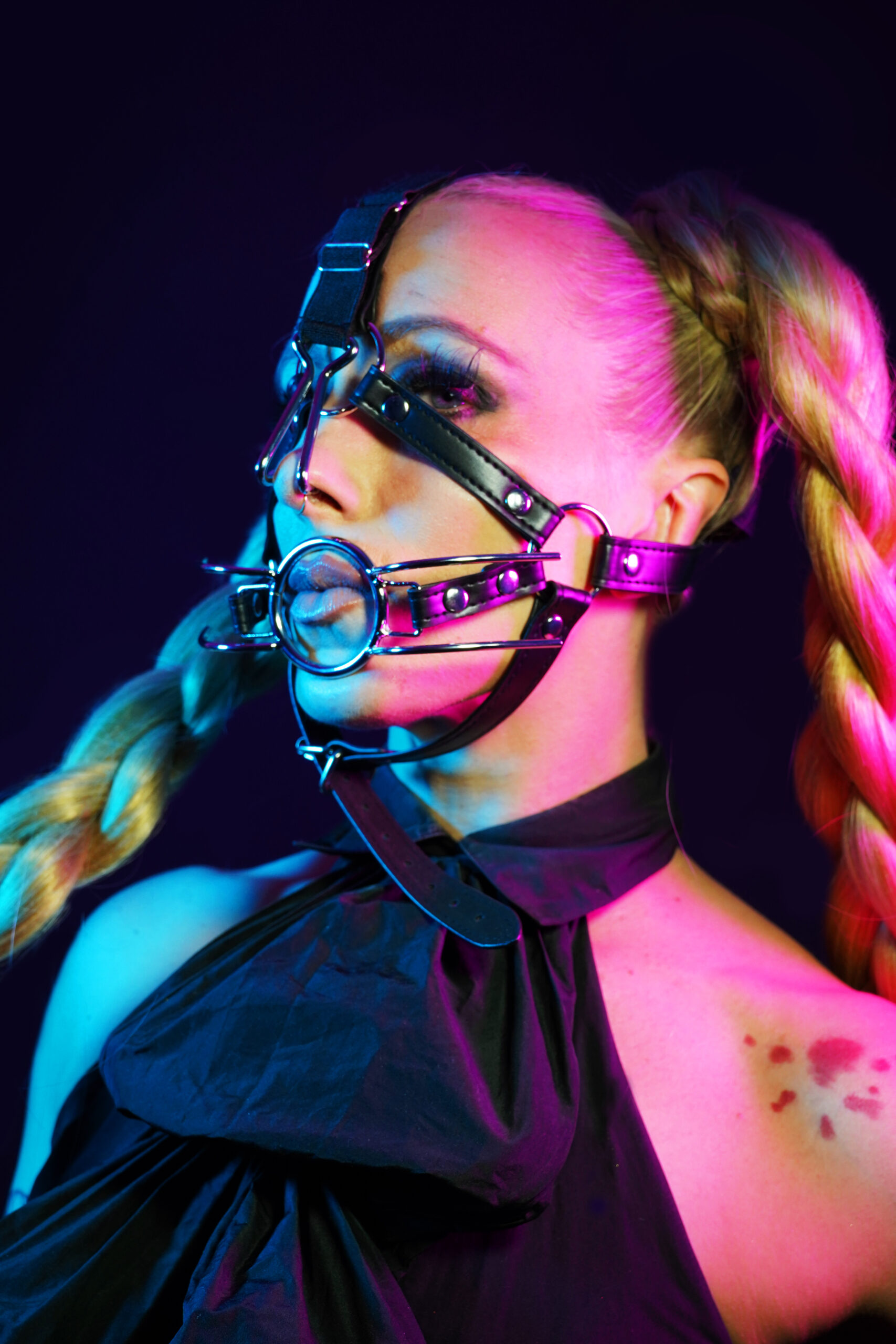Emotional Cheating: Recognizing When You’ve Crossed The Line

Defining Emotional Cheating
Emotional cheating, a subtle yet damaging breach of trust, occurs when one partner in a relationship develops an emotionally intimate connection with someone outside the relationship. Unlike physical infidelity, emotional cheating doesn’t involve sexual activity, but it can be equally painful and destructive.
What Constitutes Emotional Infidelity
Understanding what constitutes emotional infidelity is crucial for maintaining healthy relationships. fleshlight vibes UK Emotional cheating involves forging a deep emotional bond with someone outside your committed partnership. This connection often includes sharing intimate thoughts, feelings, and vulnerabilities that are typically reserved for your primary partner.
While physical intimacy is absent, the intensity of the emotional connection can be equally damaging to the primary relationship. Signs of emotional cheating may include spending excessive time communicating with someone outside the relationship, confiding in them instead of your partner, and developing feelings of intimacy or attraction that go beyond friendship.
The Impact of Emotional Cheating on Relationships
The impact of emotional cheating on relationships can be profound and long-lasting. It erodes trust, a fundamental pillar of any strong bond. When one partner feels emotionally cheated on, they may experience feelings of betrayal, hurt, jealousy, and insecurity. This emotional distress can lead to communication breakdowns, resentment, and a sense of disconnect between partners.
Emotional cheating can also damage the self-esteem of both partners involved. The person who is emotionally cheating may struggle with guilt and shame, while the betrayed partner may question their worth and attractiveness. This cycle of negativity can further strain the relationship and make it difficult to repair the damage.
Left unaddressed, emotional cheating can ultimately lead to the breakdown of the relationship. It creates a wedge between partners, making it challenging to rebuild intimacy and trust.
Recognizing the Signs
Recognizing the subtle signs of emotional cheating is crucial for protecting the health and integrity of any committed relationship. Emotional infidelity, though distinct from physical infidelity, can be equally damaging as it involves forging deep emotional bonds with individuals outside the primary partnership. Understanding these signs allows partners to address issues early on and prevent further harm.
Changes in Communication Patterns
Recognizing the subtle signs of emotional cheating is crucial for protecting the health and integrity of any committed relationship.
- Increased secrecy or guardedness when talking about their day or activities with others.
- Changes in communication patterns, such as texting more frequently with someone outside the relationship or avoiding phone calls with you.
- Withdrawal from shared activities and interests, preferring to spend time alone or with this other person instead.
- Becoming defensive or irritable when you express concerns about their interactions with others.
Being attentive to these changes can help identify potential emotional infidelity early on and provide an opportunity to address the issues before they escalate further.
Increased Secretiveness and Distance
Recognizing the subtle signs of emotional cheating is crucial for protecting the health and integrity of any committed relationship.
Increased secrecy or guardedness when talking about their day or activities with others can be a red flag.
Changes in communication patterns, such as texting more frequently with someone outside the relationship or avoiding phone calls with you, might indicate an emotional shift.
Withdrawal from shared activities and interests, preferring to spend time alone or with this other person instead, can signal a growing disinterest in the primary relationship.
Becoming defensive or irritable when you express concerns about their interactions with others is another cause for concern.
Being attentive to these changes can help identify potential emotional infidelity early on and provide an opportunity to address the issues before they escalate further.
Emotional Dependency on Someone Outside the Relationship
Recognizing the subtle signs of emotional cheating is crucial for protecting the health and integrity of any committed relationship. Emotional infidelity, though distinct from physical infidelity, can be equally damaging as it involves forging deep emotional bonds with individuals outside the primary partnership. Understanding these signs allows partners to address issues early on and prevent further harm.
- Increased secrecy or guardedness when talking about their day or activities with others can be a red flag.
- Changes in communication patterns, such as texting more frequently with someone outside the relationship or avoiding phone calls with you, might indicate an emotional shift.
- Withdrawal from shared activities and interests, preferring to spend time alone or with this other person instead, can signal a growing disinterest in the primary relationship. personal care
- Becoming defensive or irritable when you express concerns about their interactions with others is another cause for concern.
Being attentive to these changes can help identify potential emotional infidelity early on and provide an opportunity to address the issues before they escalate further.
Shifting Priorities and Interests
Recognizing the subtle signs of emotional cheating is crucial for protecting the health and integrity of any committed relationship. Emotional infidelity, though distinct from physical infidelity, can be equally damaging as it involves forging deep emotional bonds with individuals outside the primary partnership. Understanding these signs allows partners to address issues early on and prevent further harm.
Increased secrecy or guardedness when talking about their day or activities with others can be a red flag. Changes in communication patterns, such as texting more frequently with someone outside the relationship or avoiding phone calls with you, might indicate an emotional shift.
Withdrawal from shared activities and interests, preferring to spend time alone or with this other person instead, can signal a growing disinterest in the primary relationship.
Becoming defensive or irritable when you express concerns about their interactions with others is another cause for concern.
Being attentive to these changes can help identify potential emotional infidelity early on and provide an opportunity to address the issues before they escalate further.
Navigating Emotional Betrayal
Navigating the complexities of emotional betrayal within a relationship can be incredibly challenging. Emotional cheating, often subtle yet deeply damaging, occurs when one partner forms a profound emotional connection with someone outside the relationship. While physical intimacy is absent, the intensity of these feelings can erode trust and inflict significant pain on the primary partnership.
Open and Honest Communication with Your Partner

Open and honest communication is paramount when navigating emotional betrayal. Creating a safe space for both partners to express their feelings without fear of judgment is crucial. Encourage your partner to share their perspective, actively listen to understand their emotions, and validate their feelings.
It’s important to avoid blaming or accusatory language. Instead, focus on expressing how their actions have impacted you and the relationship. Use “I” statements to communicate your feelings and needs clearly. For example, instead of saying “You’ve been secretive,” try “I feel hurt and confused when I sense you’re keeping things from me.”
During conversations about emotional infidelity, remain calm and respectful, even if emotions run high. Take breaks if needed to collect your thoughts and prevent escalation. Remember that healing takes time, so be patient with yourself and your partner throughout this process.
Seek professional guidance from a therapist or counselor if you’re struggling to navigate these conversations on your own. A neutral third party can provide support and facilitate healthy communication patterns.
Addressing Underlying Issues in the Relationship
Navigating emotional betrayal within a relationship can be incredibly challenging. Emotional cheating, often subtle yet deeply damaging, occurs when one partner forms a profound emotional connection with someone outside the relationship. While physical intimacy is absent, the intensity of these feelings can erode trust and inflict significant pain on the primary partnership.
mini dresses Open and honest communication is paramount when navigating emotional betrayal. Creating a safe space for both partners to express their feelings without fear of judgment is crucial. Encourage your partner to share their perspective, actively listen to understand their emotions, and validate their feelings.
It’s important to avoid blaming or accusatory language. Instead, focus on expressing how their actions have impacted you and the relationship. prolong gel Use “I” statements to communicate your feelings and needs clearly. For example, instead of saying “You’ve been secretive,” try “I feel hurt and confused when I sense you’re keeping things from me.”
During conversations about emotional infidelity, remain calm and respectful, even if emotions run high. Take breaks if needed to collect your thoughts and prevent escalation. Remember that healing takes time, so be patient with yourself and your partner throughout this process.
Dream Toys clitoral Seek professional guidance from a therapist or counselor if you’re struggling to navigate these conversations on your own. A neutral third party can provide support and facilitate healthy communication patterns.

Setting Boundaries and Expectations
Navigating emotional betrayal in a relationship can be incredibly painful and complex. It requires open communication, self-reflection, and a willingness to work through the hurt together.
Setting clear boundaries is crucial for rebuilding trust after emotional cheating. These boundaries define acceptable behaviors within the relationship and help establish expectations for future interactions.
Start by discussing what constitutes unacceptable behavior in terms of communication, time spent with others outside the relationship, and emotional intimacy with individuals other than your partner.
Be specific about your needs and expectations. For example, you might state that you need your partner to be transparent about their interactions with others and to prioritize spending quality time together. It’s important to remember that boundaries should be mutually agreed upon, respecting both partners’ needs and feelings.

Enforcing these boundaries is equally important. If your partner crosses a boundary, calmly but firmly address the issue. Explain how their actions made you feel and reiterate the importance of respecting the established boundaries.
Be consistent with enforcing consequences when boundaries are violated. This demonstrates your seriousness about protecting yourself and the relationship.
While setting boundaries is essential, it’s also crucial to work on repairing the emotional damage caused by emotional cheating.
Seeking couples counseling can be incredibly beneficial during this process. A therapist can provide a safe space for open and honest communication, facilitate healthy conflict resolution skills, and guide you both towards healing and rebuilding trust.
Rebuilding trust takes time, patience, and consistent effort from both partners. It’s a journey that requires vulnerability, forgiveness, and a genuine commitment to moving forward together.
Rebuilding Trust
Emotional cheating, though subtle in its nature, can inflict profound damage on a relationship. It occurs when one partner develops an emotionally intimate connection with someone outside the committed partnership, often sharing vulnerabilities and confiding secrets that should be reserved for their primary partner. Understanding the warning signs of emotional infidelity is crucial for preserving trust and strengthening the bond between partners.
Time, Patience, and Commitment
Rebuilding trust after emotional cheating is a challenging but essential process. It requires time, patience, commitment, and a willingness from both partners to work through the hurt and rebuild the foundation of their relationship.
One crucial aspect is open and honest communication. Both partners need to create a safe space where they can express their feelings without fear of judgment or retaliation. This involves active listening, empathy, and a genuine desire to understand each other’s perspectives.
Setting clear boundaries is also vital for rebuilding trust. These boundaries define acceptable behaviors within the relationship and help establish expectations for future interactions. It’s important that these boundaries are mutually agreed upon and respected by both partners.
Forgiveness plays a significant role in healing emotional wounds. While it doesn’t excuse the hurtful behavior, forgiveness allows individuals to let go of anger and resentment, paving the way for moving forward. Forgiveness is a process, not a single event, and it may take time and support to achieve.
Seeking professional guidance from a therapist or counselor can be incredibly helpful in navigating this complex process. A neutral third party can provide support, facilitate communication, and guide both partners towards healing and rebuilding trust.
Seeking Professional Help
Rebuilding trust after emotional cheating is a challenging but necessary journey. It requires honesty, vulnerability, and commitment from both partners. Open and honest communication is essential for addressing the pain and rebuilding the foundation of the relationship.
Seeking professional help from a therapist or counselor can be invaluable during this process. A therapist can provide a safe space for expressing emotions, exploring underlying issues, and developing healthy communication patterns.
Forgiveness and Healing
Rebuilding trust after emotional cheating requires a conscious effort and commitment from both partners. It’s a journey marked by vulnerability, forgiveness, and the willingness to work through pain together.
Open and honest communication is paramount. Create a safe space where both individuals feel heard and understood. Express your feelings without blame or judgment, focusing on how their actions impacted you. Listen actively to your partner’s perspective with empathy, seeking to understand their motivations and emotions.
Forgiving the offense doesn’t excuse the hurtful behavior but allows you to release anger and resentment. Forgiveness is a process that takes time and may require professional support. It paves the way for healing and moving forward.
Rebuilding trust involves setting clear boundaries that define acceptable behaviors within the relationship. These boundaries should be mutually agreed upon and enforced consistently. Remember, boundaries protect both individuals and foster respect within the partnership.
Seeking professional guidance from a therapist or counselor can provide invaluable support during this process. A neutral third party can facilitate healthy communication, help you work through underlying issues, and guide you towards rebuilding trust and healing.
oath sex position
Catch the story in full
Find the complete write-up here






























